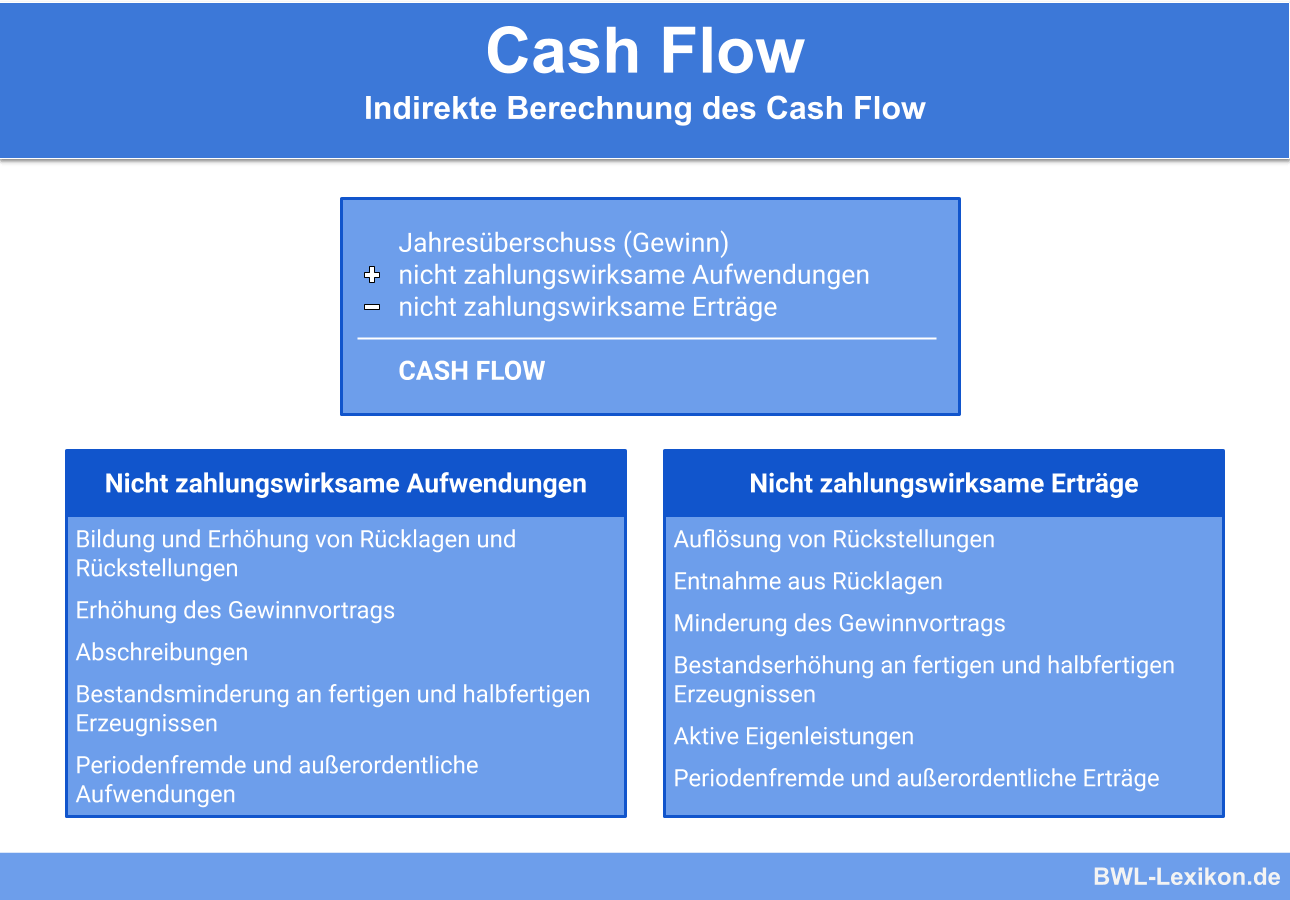

Performing a spend analysis and projecting fixed expenses is one way to keep a consistent flow of cash, year-round. If a business is seasonal, a company’s cash flow can deteriorate during the off-season. Unless some of the development is sold early, there will be cash flow issues, particularly if the market softens during construction. This is seen a lot in real estate where the market can change at the drop of a dime.įor example, property development requires a large amount of initial capital, as well as ongoing streams of cash flow. If you have a business in a highly cyclical industry, you can be prone to cash flow problems. Here are a few of them: Cycling Industries

When it comes to cash flow challenges, there are some key issues every business must face. In order to optimize the business’s cash flow, the company should look for opportunities to invest and grow. This leaves extra cash on the table since payments are not made for 60 days, but realization of debt and inventory only takes 40 days. Additionally, they do not hold inventory for more than 10 days. Example B – Extra CashĪ manufacturing company has a policy to pay off creditors in 60 days, and extends a 30-day line of credit to customers. Business owners will have to take out a business loan to reach a true cash balance. If they cannot do these things, there will be a deficit. To manage the cash flow efficiently, the company needs to either renegotiate payment terms with creditors, or speed up the realization of inventory and debtors. Cash flow projections are poor as funds are blocked with debtors and inventory, while the payables are due in a shorter time span. Examples of Cash Flow Management Example A – Short CashĪ small business has 90 days of inventory, but receivables are due in 60 days. CFF provides investors with insight into an organization’s cash position and how well the capital structure is managed.

Activities can include transactions that involve issuing debt or equity and paying dividends. Cash Flows from Financing (CFF)įinancing cash flow (CFF) demonstrates the net flows of cash that are used to fund the business and its working capital. Investing cash flow (CFI) is a figure that represents how much cash has been generated or spent from investment-related activities in a specific time period. There must be more operating cash inflows (CFO) than outflows to have long-term viability. This is the figure that determines whether or not a company has enough funds coming in to pay bills and operating expenses. Operating cash flow describes money flows from ordinary operations, like production and the sale of goods. Cash Flow CategoriesĬash can flow from and through several parts of an organization, such as: Cash Flows from Operations (CFO) It’s all about managing your business finances responsibly, so there’s enough cash to grow.Įffective cash management strategies help to predict how much money will be available to cover things like debt, payroll, and vendor invoices. It’s the process of monitoring, analyzing, and optimizing the net amount of cash receipts-minus the expenses. Here’s a brief overview of the process and what you can do to refine cash management workflows: What is Cash Flow Management ?Ĭash flow management is tracking how much money comes in and out of a business. There are a million ways to manage cash flow, but only a few strategies that lead to success. The more clogged channels, the more it can affect financial health. The FinTalk Blog Strategy and trends in paymentsĬash flow is the lifeblood of your business.Customer Stories See how we transform finance operations.



 0 kommentar(er)
0 kommentar(er)
